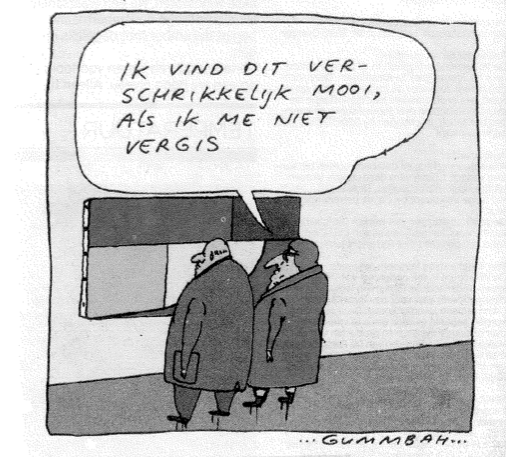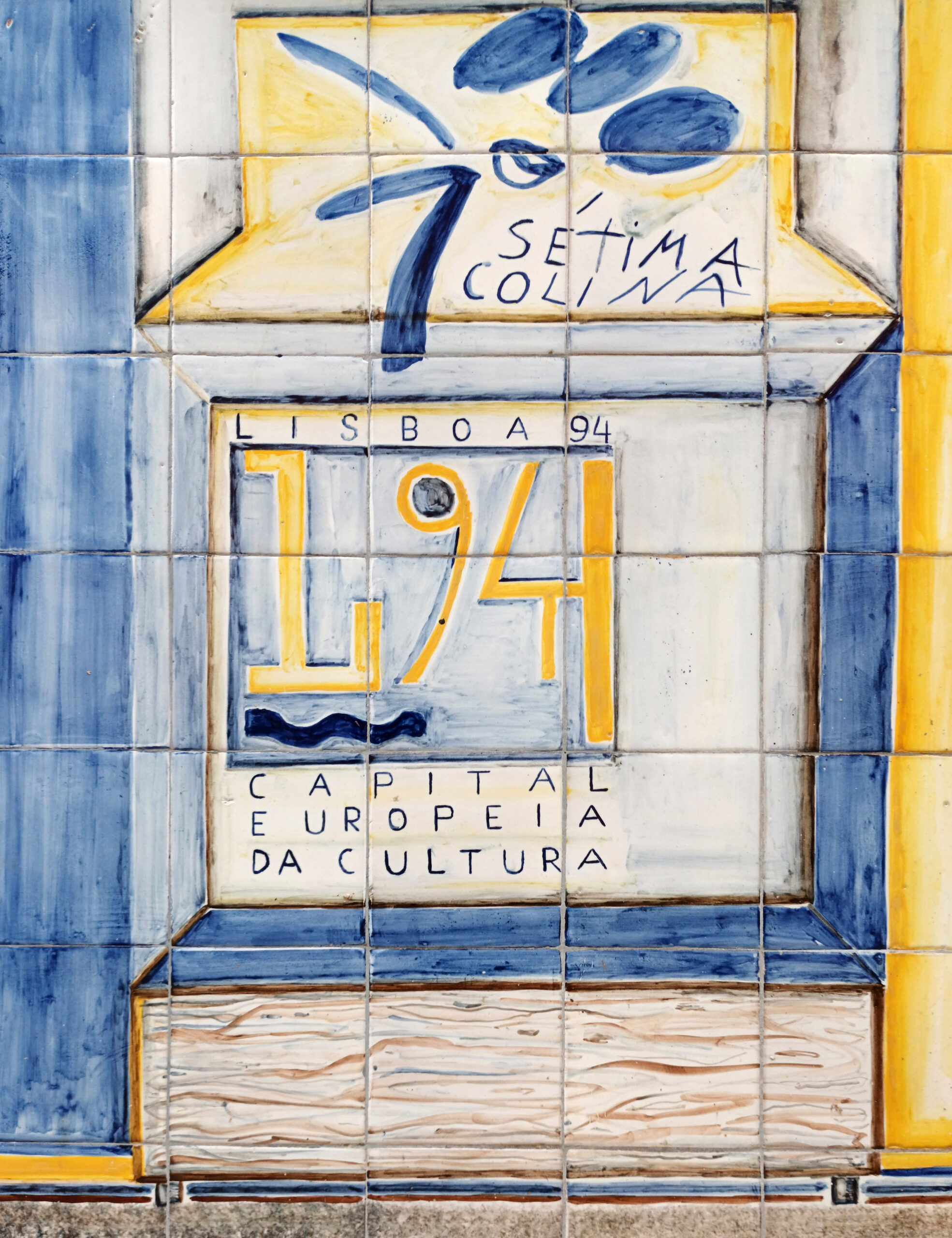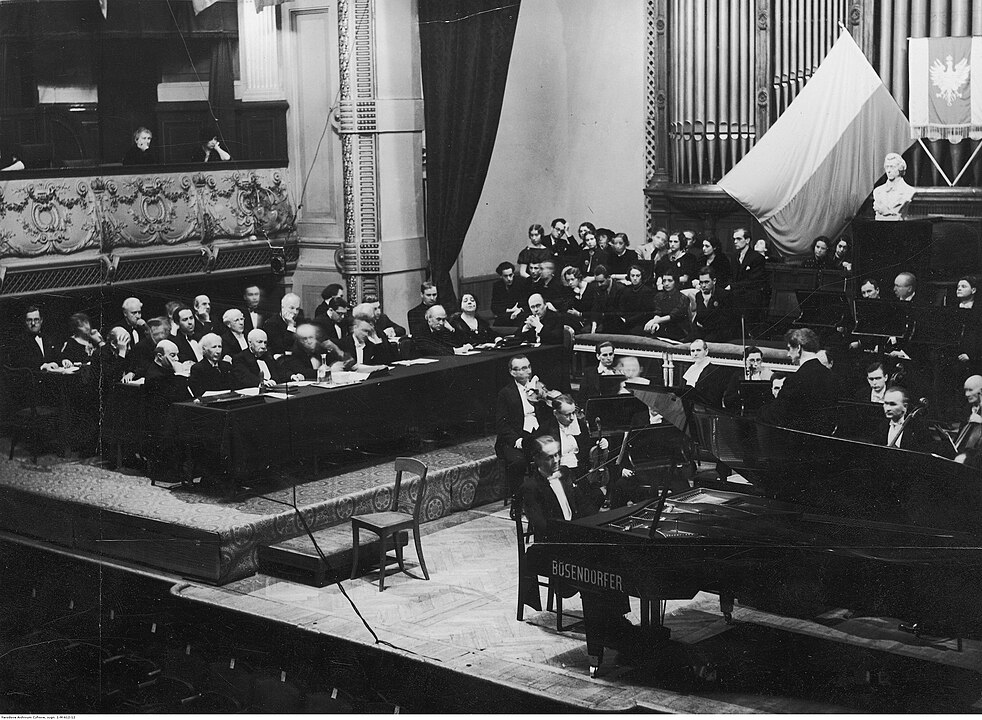By Monika Kackovic
Information about the quality of producers and products has strategic value and affects economic decisions. But what happens in markets with informational gaps where quality is difficult to observe and where objective criteria to make quality judgments are largely lacking?
In my dissertation titled “Observable Persuaders: A longitudinal study on the effects of quality signals in the contemporary visual art market”, I focus on the primary market for contemporary visual art and study the extent to which different kinds of signals (e.g., reviews, awards) reduce uncertainty about quality and influence the decision making of different kinds of buyers and intermediaries. The results show (1) a signal helps overcome uncertainty about quality, but the credibility of the source issuing the signal determines the signal’s effectiveness; and (2) the effects of particular sets or sequences of signals have a significantly greater effect on purchase decisions than the sum of the corresponding individual signal effects. These results provide better insights into the inequalities of distribution of success in the contemporary visual art market.
Some years ago, a cartoon made by Gummbah, a Dutch illustrator, was printed in de Volkskrant, a national newspaper in the Netherlands. The cartoon portrayed a middle-aged couple contemplating what appeared to be a contemporary work of art. Translated into English, the punch line in the text bubble reads: “I find this awfully beautiful, if I am not mistaken”. Among other things, this cartoon cleverly depicts contemporary art as being surrounded by extreme uncertainty about the underlying quality of the artwork.
Contemporary visual art is, in most cases, sold either directly by the artist or through an art gallery on the primary art market. This market is different from the secondary or auction market, where history about previous exhibitions and/or financial transactions is publicly available. For instance, uncertainty about quality and value of the artwork would be reduced if the cartoon above had the following caption: “It really is quite simple, darling. Don’t you remember that Mildred and Bob bought one of this artist’s early paintings last year at Christie’s and paid € 420,000 after Paula and Sam picked up a similar painting made by the same artist at auction for € 190,000 about five years ago? In other words, while artworks sold at an art auction have provenance and transactional information is publicly available, determining quality on the primary market is problematic because information about quality is largely lacking. This is because (1) there are no ‘real’ objective standards for evaluating artworks, (2) quality differentials among artists active in this market are imperfectly observable and information about their underlying quality is often incomplete, and (3) aesthetic evaluations as alternative measures are highly subjective and uninformative.
Nevertheless, in this market some artists repeatedly outperform others. A possible explanation for this is that some artists possess exceptional talent or abilities that provide them with a superior competitive advantage compared to other artists. Yet evidence shows that even between artists with small or hardly detectable differences in underlying attributes, such as individual ability and/or skill, some artists still consistently outperform others. An alternative explanation to understanding inequalities in the distribution of success is rooted in artists’ past performance, and particularly in the signals conveying quality information about that performance. Signals, such as education, reviews, awards, gallery affiliations, merit based subsidies and past sales enable relative comparison between artists. These signals also make past performance public. For instance, quality information would be available if the cartoon above had the following caption: “It really is quite simple, darling. Remember, we saw this artwork last year at Art Basel, that prestigious art fair in Switzerland. And I just read raving reviews in The Art Newspaper and The New York Times about this artist’s solo exhibition at MoMa. Do you remember that this artist won the Turner Prize not long after graduating from that elite art school and exhibiting in the Arsenale at the Venice Biennale? Not surprising that Gagosian Gallery just sold more artworks, including this one, to Deutsche Bank, which already owns so many of this artist’s paintings.”
My thesis consists of four empirical studies that show that signals received at the start of competitive activity strongly influence artists’ careers and performance outcomes. But not all sources transmit equally persuasive quality signals, and the disparity in magnitude may differentially influence artists’ career trajectories. For instance, if we refer back to the hypothetical caption in the previous paragraph, a distinction can be made between winning the Turner Prize, which is bestowed annually by the Tate Britain in London, or winning another award such as The Best Brush Stroke Award, from a local business dealing in art supplies. Although in both cases the signals are awards, the relative credibility of the sources transmitting these signals is different. Similarly, having an exhibition at the Museum of Modern Art (MoMa) in New York City is different from an exhibition at an art space provided by a local business. Again, both exhibitions are signals of quality, but the relative expertise and trustworthiness of the sources transmitting each signal are different, and this affects the persuasive strength the signal has on influencing purchase decisions. This difference is magnified when aggregate indicators of quality, such as sets or sequences of signals, transform heterogeneous quality information into a common metric.
In conclusion, although artists simply need to become the subject of the right signals from the right sources at the right time, the simplicity of this recipe for success greatly increases competitive pressure, especially in a market context characterized by oversupply. In the early phase of competition, artists who are the subject of signals will outperform other new artists with – and without – signals as long as the signals they are the subjects of are transmitted by highly credible or diverse kinds of sources and received in the right sequence. In later phases of competition, past signals – the strength of which is moderated by source credibility – and past sales provide artists a competitive advantage that systematically translates into superior and persistent performance. Furthermore, high-prestige art academies as well as art galleries feel pressure to select the right artists at the right time, while their decisions can affect the chances that the artist will receive attention from buyers and other decision makers. And art galleries possibly more in respect to commercial success and the art academies possibly more in respect to reputational success, will try to predict the artist’s future career performance, and will have a vested interest in their predictions coming true. The same holds for sources transmitting signals, especially the highly credible ones. In short, and referring back to the cartoon where a middle-aged couple is looking at a contemporary artwork, a response from the husband to his wife’s perplexity concerning the contemporary artwork could have been: “It really is simply complicated, darling. But, of course, that is old news now”.
This article is based on:
Kackovic, M. (2016) Observable persuaders: A longitudinal study on the effects of quality signals in the contemporary visual art market. Amsterdam: Universiteit van Amsterdam. Doctoral dissertation.
About the author:
Monika Kackovic is assistant professor and post-doctoral fellow of Entrepreneurship and Innovation at the University of Amsterdam.
About the cartoon:
Van Leewen, G. (n.d.). Gummbah [cartoon]. De Volkskrant.
About the data:
Paintings, sculpture, photography, drawings, and art videos are examples of fine art products sold in the contemporary visual art market, the focal setting of this thesis. To gain a deeper understanding of the extent to which sets of signals, sequences of signals and sources credibility influence artists’ performance outcomes, 1590 visual artists’ career trajectories are studied from 1986-2012, with a maximum observation period of 26 years and a minimum of four. The level of source credibility of 967 third parties transmitting signals was determined for 5236 signals, i.e., 3582 reviews, 947 awards, 253 merit based subsidies, and 454 affiliations with art galleries, and these effects were estimated on 1164 sales transactions to different categories of buyers predominately active in the primary art market. The raw data originates from two art institutions in the Netherlands: the Gerrit Rietveld Academie, the Rijksakademie van Beeldende Kunsten, three different sources for sales data and ArtFacts.net, which provides reputational rankings. In the empirical analyses, particular emphasis is placed on a salient characteristic of this empirical setting: highly skewed right-tailed distribution of success. Information about artists with signals and sales in a particular period or periods of competitive activity and artists without is incorporated into the analyses. Especially since not having a signal or not having a sale can be interpreted as a signal in and of itself. Hence, mostly non-parametric and semi-parametric models – i.e., switching regressions based on Heckman two-stage models, Poisson regressions, Cox event history and competing risks analyses – are used to estimate these data.







